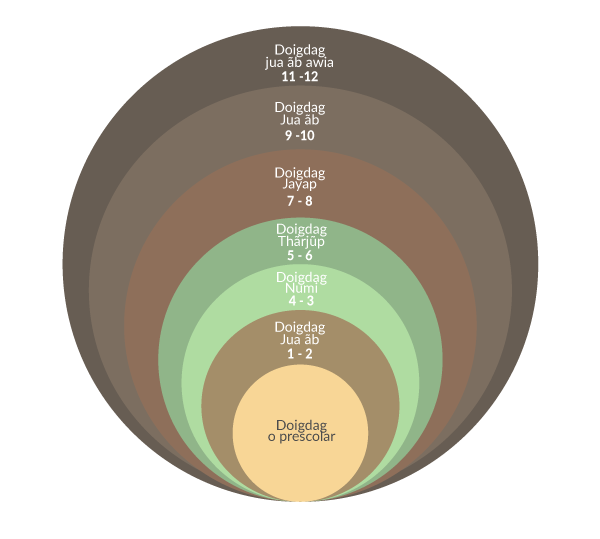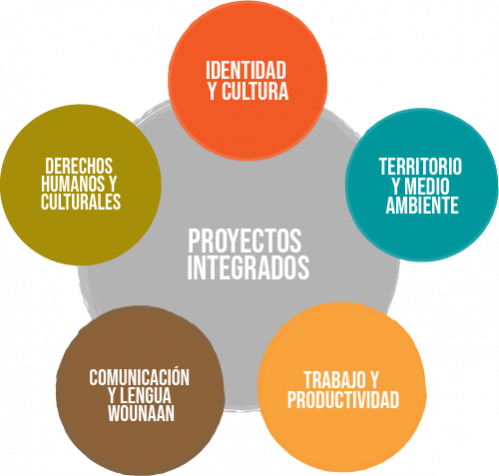Content
Alcohol abuse is emerging as a major public-health problem in India and more than half of all alcohol drinkers fall into the category of hazardous drinking5. Alcohol intake may impair the vision or orientation to visuospatial stimuli due to the various mechanisms. Alcohol intoxication can also impair mesopic rod and cone temporal processing pathways8. The mean subfoveal choroidal thickness increases during the first hour after alcohol consumption and decreases during the next two hours9. Alcohol can have both short-term and long-term negative effects on your eyes. Alcohol can cause mild symptoms, like making the blood vessels in your eyes to dilate, causing redness.
What type of alcohol causes blindness?
The type of alcohol that has the potential to cause blindness is methanol. These substances can immediately damage the nervous system, including the eye nerves.
It can lead to eye pain, eye floaters, loss of vision in one or both eyes, and loss of color perception. It doesn’t happen often, but when alcohol is involved, you’re at a higher risk. Studies have shown that too much alcohol consumption can actuallychange eye movements in young adults; alcohol affects various areas of the central nervous system, including visual functions.
How Does Alcohol Affect Vision and Eyesight?
It has been found more in HIV patients/who are on sildenafil/proteinase inhibitor. It has been postulated to be due to sildenafil/proteinase inhibitor use which also increases cGMP similar to poppers and probably enhances the photoreceptor damage86. The triad of coma, pupillary constriction and depressed respiration suggests opioid poisoning. Intravenous heroin and morphine abuse can cause downbeat nystagmus, transient disturbance of eye fixation, saccadic intrusions and oscillations, lasting for min67.
What do alcoholic eyes look like?
One of the physical characteristics of someone who is a heavy drinker is bloodshot eyes. This change in appearance is due to alcohol abuse swelling the tiny blood vessels in the eye, enlarging their appearance and making the eyeball look red.
A large longitudinal study published in 2021 similarly showed a link between low to moderate wine drinking and a lower risk of developing cataracts that required surgery. If you are concerned about how your drinking might affect your eyes, you need to talk to a doctor before it becomes too late. It is always a good idea to discuss any concerns you may have about alcohol and the eyes with an optometrist or an ophthalmologist. Without adequate tears, you’re exposed to a higher risk of eye infections and inflammation, including abrasion of the corneal surface and vision loss. Not to mention, eye dryness decreases your quality of life as it can be pretty uncomfortable.
Cataracts Caused by Long Term Alcohol Abuse
Someblurry vision after drinking alcohols double vision can just be an irritating but benign problem called strabismus. Other times the condition arises from a serious medical condition. Most experiences of double vision are temporary, lasting a few seconds to minutes, and are usually not a cause of worry.
Lyrica: Side effects and how to manage them – Medical News Today
Lyrica: Side effects and how to manage them.
Posted: Thu, 22 Sep 2022 07:00:00 GMT [source]
Heavy alcohol use may cause problems with your vision and overall eye health. Some temporary effects occur when you drink, and other effects take time to develop and can be permanent.
Alcohol and the Eye
These drugs can also be abused/misused, and drug effects on eye can occur in the form of pupil dilatation and precipitation of angle-closure glaucoma in predisposed individuals with narrow angles79. Promethazine because of anticholinergic property and phenylpropanolamine due to sympathomimetic activity have been reported to cause acute angle-closure glaucoma80. Changes in the eye’s general color or motion can show intoxication. Bloodshot eyes are a common symptom of intoxication from several drugs, especially alcohol, cocaine, and marijuana; these occur because blood vessels in the eyes expand.
- PubMed, ISI Web of Knowledge database, Scopus, Embase, and the Cochrane Library were searched.
- This happens when the blood vessels in the eye become irritated and enlarged.
- In the US alone, over 140,000 people die from excessive alcohol use – 380 deaths per day.
- On the other hand, some people may experience a sort of paralysis of the eyes, due to a lack of necessary vitamins brought on by excessive drinking.
- Most people feel uncomfortable if they are carrying around the smell of alcohol on their body.
It is a novel stimulant https://ecosoberhouse.com/ which produces stimulating and focus-enhancing effects similar to dexamphetamine by increasing release of dopamine, noradrenaline and serotonin. Transformations may also occur rarely with high doses which manifest as smooth and fluid-like transitions of an object in various shapes.





